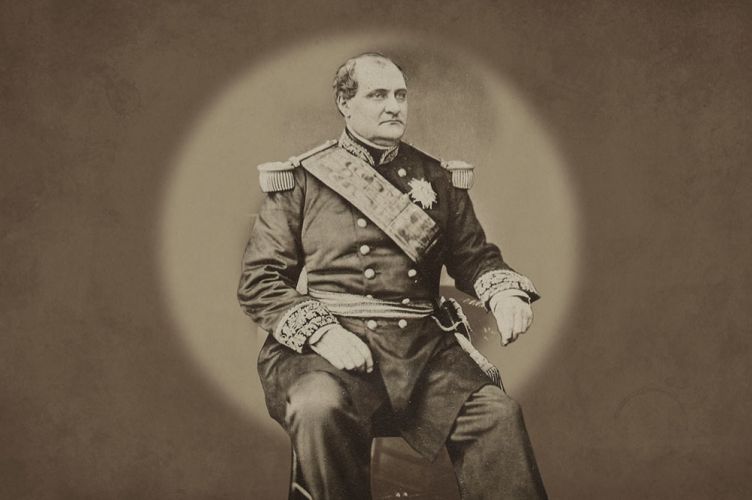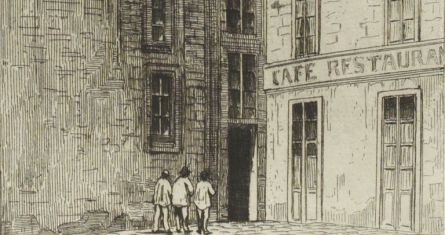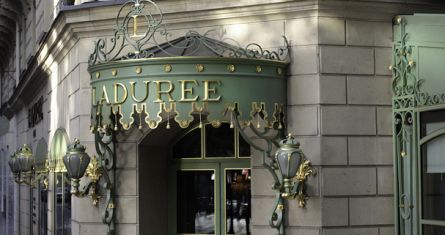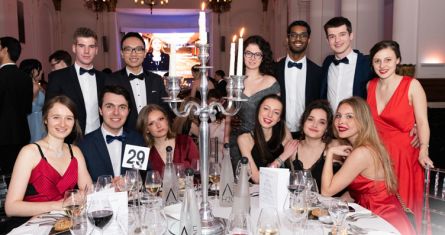Biographical note on Jérôme Bonaparte (1784-1860)
Germain Legret and Amédée Brodart were proactive Bonaparte supporters
The school’s first two deans, Germain Legret and Amédée Brodart, were fervent Bonaparte supporters. The former had been led by Napoleon’s troops to occupy Belgium in the 1790s. This military experience marked Germain Legret for life and he subsequently wrote several papers celebrating Napoleon. His colleague, Amédée Brodart, also supported the Emperor: he served in the Great Army in the 1810s and was knighted with the Légion d’Honneur in 1813, a decoration which the Emperor himself created. And during his youth, Adolphe Blanqui had also been an ardent admirer of Napoleon I, before finally turning his political opinions towards a less authoritarian and less military regime. In any case, it was when Adolphe Blanqui was no longer dean, in the early 1850s, that the school’s destiny met with that of an eminent member of the imperial family: Jérôme Bonaparte. But who was he?
Who was Jérôme Bonaparte?
Jérôme Bonaparte was Napoleon’s youngest brother. When Napoleon was in power, he appointed his brother King of Westphalia in 1807, at just 23; the kingdom had been created specifically for the circumstances. Jérôme was king for only six years, when the military disasters of 1812 and 1813 obliged him to abdicate. The fall of his elder brother in 1815 led to his exile outside France for some thirty years, which he spent mainly in Switzerland and Italy. Jérôme was however able to come back to France in 1847 when King Louis-Philippe lifted the restrictions on the Bonaparte family members. When his nephew Louis-Napoléon was elected president of the Second Republic in 1848, and after the latter’s Coup d’état in 1851, Jérôme became Governor of Les Invalides, then Marshal of France, and finally President of the Senate. At that time, he was a major political figure, as he and his son were heirs to the Crown – at least until the Imperial Prince was born in March 1856.
When Adolphe Balnqui met Jérôme Bonaparte
It was under these circumstances that Adolphe Blanqui met Jérôme, in around 1848, a time when Blanqui’s functions as member of parliament led him to associate with members of the highest political circles. The dean of the Ecole Supérieure de Commerce met Jérôme Bonaparte for the first time in 1848, when the latter was governor of Les Invalides and, as such, was in charge of welcoming a large number of visitors, generals, officers, and politicians.
The two men
The contact between the two men, who were both great travellers and admirers of Napoleon Bonaparte, was clearly more than just an acquaintance, as Jérôme agreed to sponsor the school. From July 1853, Jérôme Bonaparte awarded a gold medal and silver medal to the best and second-best third-year students. When Jérôme died, in June 1860, his son, Prince Napoleon-Jérôme, nicknamed Plon-Plon, resumed the initiative until the fall of the Second Empire. The last medal said to be from “Prince Napoléon” was awarded in July 1870. The distinction generated huge competition among the top students of the École Supérieure de Commerce Paris, who, according to peers, fought for it tooth and nail.
Credit: © Société de Géographie/BnF Cartes et Plans.



